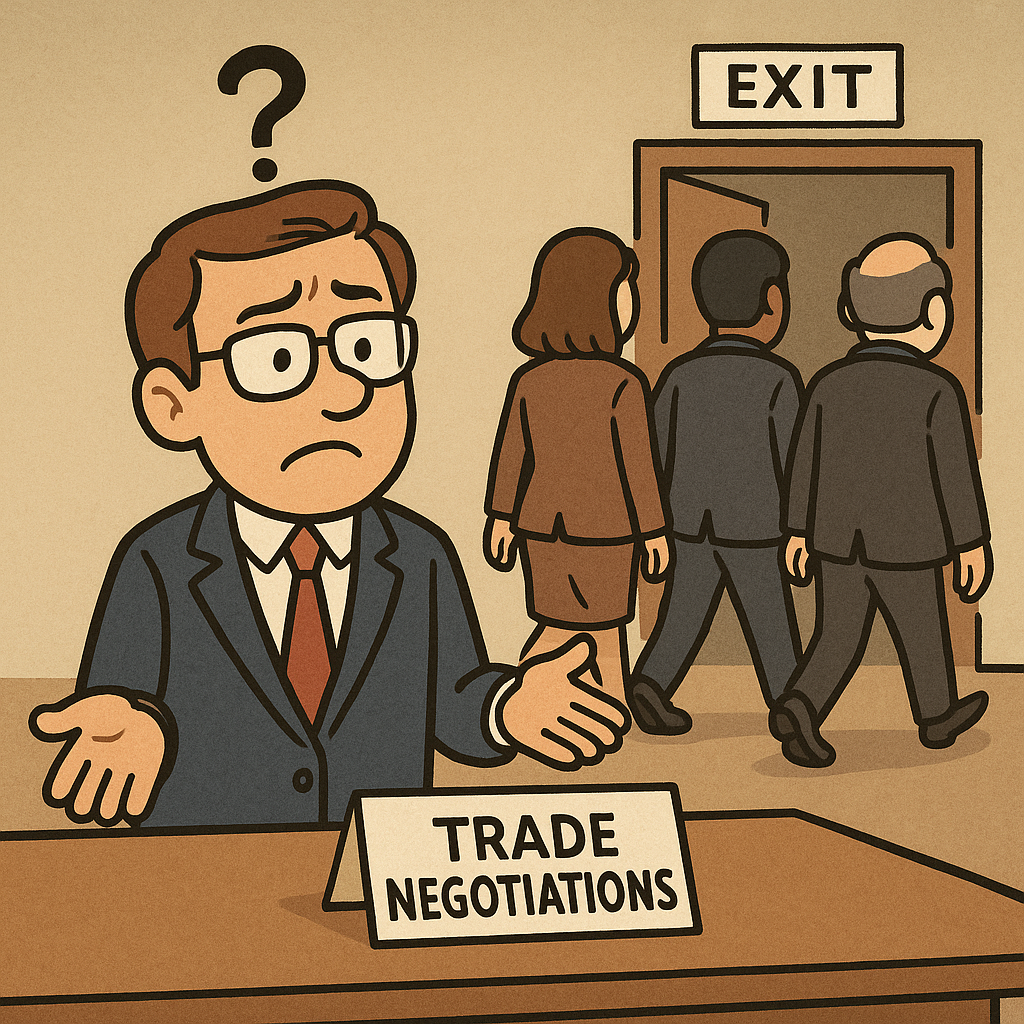
By Miika Makela | WBN News Global, WBN News, WBN News Vancouver, WBN Finance| Jun 5, 2025 |
Rare earth elements (REEs) are foundational to modern manufacturing, but their role is often overlooked outside of energy and green technology debates. In reality, these 17 minerals are embedded in a wide range of industrial products, from cars and defense systems to medical equipment and consumer electronics. Recent actions by China, which controls the majority of global REE refining and production capacity, have brought renewed focus on the fragility of this supply chain. The implications are being felt most acutely in the automotive and defense industries across Europe and North America.
The Central Role of REEs in Manufacturing
REEs are essential for producing permanent magnets, catalysts, alloys, and phosphors used in critical vehicle components. In cars, they’re found not only in propulsion motors but also in everyday systems such as power steering, braking systems, windshield wipers, power windows, and fuel injection systems. In defense applications, REEs are indispensable for radar systems, guidance and control systems, communication equipment, and precision weaponry. The reliability of REE supplies is directly tied to the readiness and efficiency of entire industrial sectors.
China's Strategic Position
China refined nearly 90% of the world's REEs as of 2023 and remains the only country with vertically integrated capacity across mining, processing, and manufacturing of REE-based components. This control allows China to influence prices, production volumes, and—critically—who gets access to these materials. Recent moves by Beijing to require export licenses for certain REE products have caused significant delays and pricing volatility. The licensing regime, framed as a national security measure, is also widely viewed as a response to Western tariffs and trade restrictions. It gives Chinese policymakers a powerful lever to influence the global economy.
Consequences for Automotive Manufacturing
The automotive industry has felt the pressure. Companies such as Toyota, General Motors, Stellantis, and Volkswagen rely on a steady supply of REEs for high-precision components. Although EVs tend to use higher quantities of REEs, traditional internal combustion engine (ICE) and hybrid vehicles also depend on these materials extensively. As shipments slow and prices rise, production schedules for both ICE and hybrid models have faced constraints. Subcomponent manufacturers, such as Denso and Bosch, which supply motors, sensors, and electronics, are reporting order backlogs and lengthening delivery timelines.
Impacts on Defense Systems
For the defense industry, the consequences are more than economic—they're strategic. Companies such as Lockheed Martin, BAE Systems, and Raytheon depend on REEs to produce everything from jet fighter radar modules to missile guidance systems and sonar arrays. Even minor disruptions in REE supply can delay weapons systems manufacturing or maintenance schedules. As geopolitical tensions rise, the need for secure and autonomous REE supply chains has become a priority for national security planning.
Export Licensing as a Geopolitical Tool
The export licensing policy implemented by China is not new, but recent escalations have made it clear that Beijing is willing to use its dominance over REE supply chains as a countermeasure in trade disputes. Delays in approvals, inconsistent quotas, and selective restrictions on materials such as neodymium and dysprosium are making supply contracts unpredictable. These challenges are pushing manufacturers to seek alternate sources, but alternatives are limited.
Building Non-Chinese Supply Chains: A Race Against Time
Efforts are underway to create more resilient and independent REE supply chains. Projects in Canada, Australia, and the United States are attempting to bring new mines and refining facilities online. MP Materials in California, Lynas Rare Earths in Australia, and Vital Metals in Canada are leading efforts to scale non-Chinese production. However, the ramp-up is slow. Many facilities will not reach meaningful capacity until 2026 or later. In the interim, manufacturers remain exposed to disruptions.
Forecasts suggest that non-Chinese REE production will still fall short of global demand by a wide margin for the rest of the decade. While Chinese producers may deliver over 70% of the world’s REE-based magnets and processed materials through 2030, Western alternatives may only meet 20–25% of demand by that time. This imbalance leaves automakers and defense contractors vulnerable to pricing shocks and availability risks.
Strategic Response and Future Outlook
Governments in the U.S., Canada, and Europe are increasing subsidies and policy support for domestic REE development. However, permitting, environmental reviews, and technology scaling remain barriers. Meanwhile, industry players are seeking to redesign systems to reduce reliance on REEs or develop recycling strategies for end-of-life products. These efforts are promising but will take years to mature.
Until new supply chains are operational and diversified, the manufacturing sectors that rely on rare earths—particularly automotive and defense—must contend with uncertainty. China's strategic control over REEs, amplified through export restrictions, is already constraining output and inflating costs. The race is on to close the gap, but time and capacity are still on China’s side.
Miika Makela, CFA
https://www.linkedin.com/in/miika-makela-cfa-24aa056/
#Rare Earth Elements #Supply Chain #Geopolitics #Trade Policy #China Trade #Critical Minerals #Industrial Strategy



